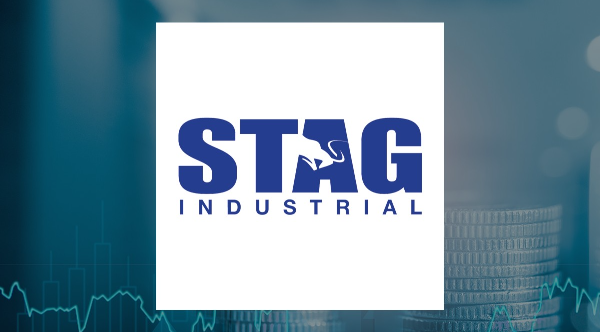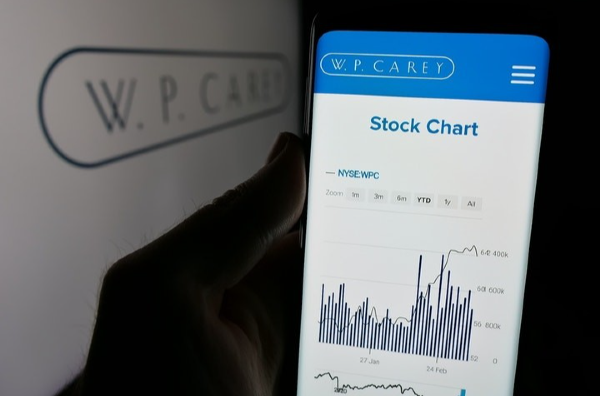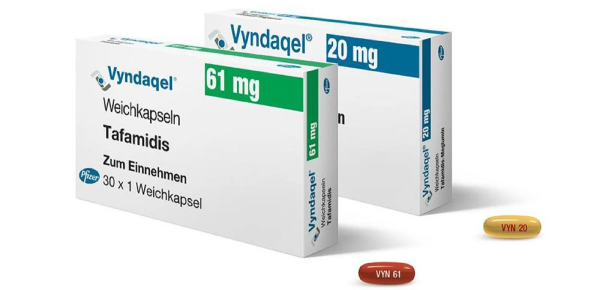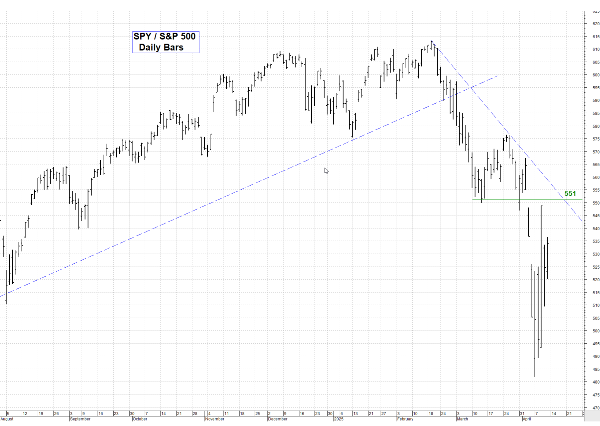STAG Industrial Stock: Is It Time to Invest?
The stock market’s recent volatility has impacted all sectors, including Real Estate Investment Trusts (REITs). Among those facing a downturn is STAG Industrial (STAG), with its stock down approximately 25% from its 52-week high and nearing its 52-week low. Despite this decline, STAG has continued to deliver steady financial performance, raising the question: could this be an ideal buying opportunity? With a dividend yield of 4.6% and monthly payouts, let’s conduct a thorough analysis to uncover the value behind STAG Industrial.
STAG Earnings Overview
STAG Industrial recently reported revenue of $199 million for the quarter, marking a 9% year-over-year increase. Net income also rose by 22.6% year-over-year to $52 million. This growth has translated into a higher net income per share. Regarding funds from operations (FFO), STAG posted a 7% year-over-year increase—solid, albeit lower than revenue and net income growth.
Business Operations and Portfolio Strengths
STAG Industrial owns 591 properties across 41 states, boasting a high occupancy rate of 97%. However, a notable concern is its weighted average lease term (WALT), reported at only 4.3 years—significantly below the preferred threshold of 10 years. Additionally, with 22% of leases expiring in 2026 and double-digit expirations expected annually thereafter, lease retention will be critical.
From a diversification perspective, STAG is well-positioned. Amazon constitutes 2.9% of total annual base rent (ABR), with the top 10 tenants accounting for only 10% of total ABR. Industry breakdowns also reflect balanced diversification, with minor exceptions like air freight and logistics slightly exceeding the ideal range.
Financial Fundamentals
Analyzing STAG’s fundamentals reveals mixed results. The REIT has $3 billion in debt, offset by just $72 million in total cash—a concerning disparity. Free cash flow, however, is showing steady growth over time, which will be pivotal for addressing debt and sustaining dividends. The company’s current ratio of 1.36 indicates sound short-term liquidity.
On the valuation front, STAG Industrial’s price-to-FFO ratio of 12.9 suggests undervaluation. Revenue growth projections of 7-9% for the coming years align with historical performance, while margins have shown resilience despite recent challenges. Return metrics, including ROA (2.9%) and ROIC (2.8%), are low but improving slightly compared to the 5-year average.
Dividend Appeal
Dividend investors will find STAG Industrial attractive, with a yield of 4.6%, an annual payout of $1.49, and a payout ratio of 61%—well below the REIT average of 75%. Moreover, STAG pays dividends monthly, a unique feature for income-focused portfolios. Impressively, the company has increased dividends for 12 consecutive years, demonstrating consistency and reliability.
Historical Returns
STAG Industrial’s historical performance is worth examining. Over the last 5 years, the stock underperformed the S&P 500, delivering a 52% return compared to the S&P’s 105%. Although recent returns look bleak, with a one-year decline of 7%, STAG’s long-term resilience suggests potential upside.
Price Targets and Valuation
Using various revenue growth and margin assumptions, STAG’s price targets range from $28 to $47. Given the current stock price of $32, the mid-to-high price targets indicate potential undervaluation.
Final Verdict
STAG Industrial presents a compelling case for dividend-focused and long-term investors. While concerns such as lease expirations and high debt persist, its consistent earnings growth, diversification, and monthly dividends make it a valuable addition to any portfolio. With the stock down significantly, this could be an opportune time to invest.
What’s your take on STAG Industrial? Share your thoughts in the comments below!
https://youtu.be/tLDgoJjjFBE?si=K0Km5PQ2Qn-GwOkX






























STAG Industrial Stock: Is It Time to Invest?
The stock market’s recent volatility has impacted all sectors, including Real Estate Investment Trusts (REITs). Among those facing a downturn is STAG Industrial (STAG), with its stock down approximately 25% from its 52-week high and nearing its 52-week low. Despite this decline, STAG has continued to deliver steady financial performance, raising the question: could this be an ideal buying opportunity? With a dividend yield of 4.6% and monthly payouts, let’s conduct a thorough analysis to uncover the value behind STAG Industrial.
STAG Earnings Overview
STAG Industrial recently reported revenue of $199 million for the quarter, marking a 9% year-over-year increase. Net income also rose by 22.6% year-over-year to $52 million. This growth has translated into a higher net income per share. Regarding funds from operations (FFO), STAG posted a 7% year-over-year increase—solid, albeit lower than revenue and net income growth.
Business Operations and Portfolio Strengths
STAG Industrial owns 591 properties across 41 states, boasting a high occupancy rate of 97%. However, a notable concern is its weighted average lease term (WALT), reported at only 4.3 years—significantly below the preferred threshold of 10 years. Additionally, with 22% of leases expiring in 2026 and double-digit expirations expected annually thereafter, lease retention will be critical.
From a diversification perspective, STAG is well-positioned. Amazon constitutes 2.9% of total annual base rent (ABR), with the top 10 tenants accounting for only 10% of total ABR. Industry breakdowns also reflect balanced diversification, with minor exceptions like air freight and logistics slightly exceeding the ideal range.
Financial Fundamentals
Analyzing STAG’s fundamentals reveals mixed results. The REIT has $3 billion in debt, offset by just $72 million in total cash—a concerning disparity. Free cash flow, however, is showing steady growth over time, which will be pivotal for addressing debt and sustaining dividends. The company’s current ratio of 1.36 indicates sound short-term liquidity.
On the valuation front, STAG Industrial’s price-to-FFO ratio of 12.9 suggests undervaluation. Revenue growth projections of 7-9% for the coming years align with historical performance, while margins have shown resilience despite recent challenges. Return metrics, including ROA (2.9%) and ROIC (2.8%), are low but improving slightly compared to the 5-year average.
Dividend Appeal
Dividend investors will find STAG Industrial attractive, with a yield of 4.6%, an annual payout of $1.49, and a payout ratio of 61%—well below the REIT average of 75%. Moreover, STAG pays dividends monthly, a unique feature for income-focused portfolios. Impressively, the company has increased dividends for 12 consecutive years, demonstrating consistency and reliability.
Historical Returns
STAG Industrial’s historical performance is worth examining. Over the last 5 years, the stock underperformed the S&P 500, delivering a 52% return compared to the S&P’s 105%. Although recent returns look bleak, with a one-year decline of 7%, STAG’s long-term resilience suggests potential upside.
Price Targets and Valuation
Using various revenue growth and margin assumptions, STAG’s price targets range from $28 to $47. Given the current stock price of $32, the mid-to-high price targets indicate potential undervaluation.
Final Verdict
STAG Industrial presents a compelling case for dividend-focused and long-term investors. While concerns such as lease expirations and high debt persist, its consistent earnings growth, diversification, and monthly dividends make it a valuable addition to any portfolio. With the stock down significantly, this could be an opportune time to invest.
What’s your take on STAG Industrial? Share your thoughts in the comments below!
https://youtu.be/tLDgoJjjFBE?si=K0Km5PQ2Qn-GwOkX